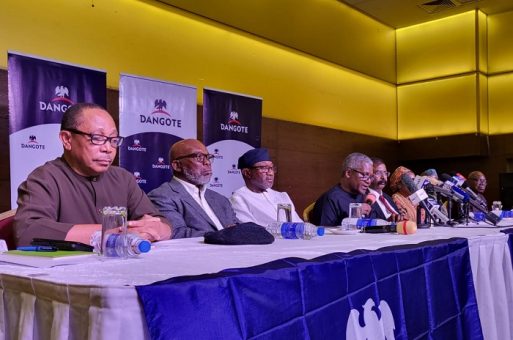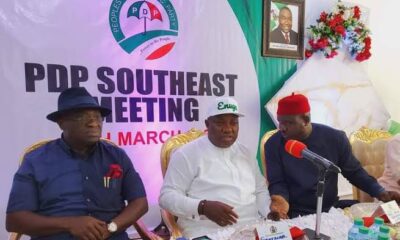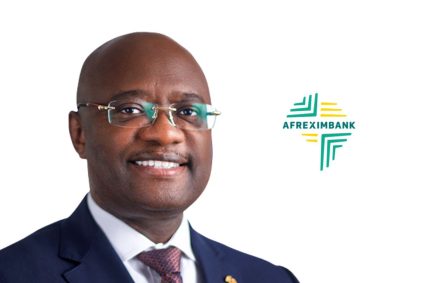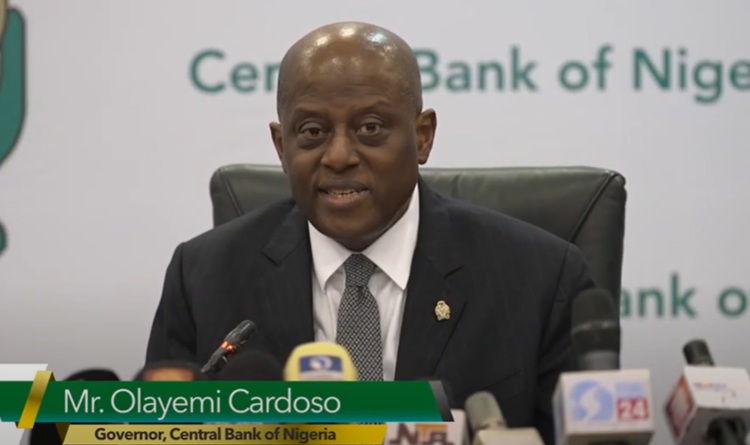The Nigerian power sector experienced fresh difficulties during Q2 2025, with both electricity production and consumption dropping by more than five percent.
During this period, distribution companies operating across the country collectively lost N158.05 billion in potential revenue.
Market liquidity also tightened as bilateral electricity purchasers—both within Nigeria and internationally—defaulted on payments exceeding N1.4 billion and $8.5 million respectively to the power market, data from the Nigerian Electricity Regulatory Commission (NERC) shows.
NERC’s Q2 2025 quarterly report indicates that average hourly electricity production nationwide decreased by 5.65 percent, sliding from 4,770.59MWh/h during the first quarter to 4,501.06MWh/h in the second, representing total output of 9,830.31GWh.
READ ALSO: FG tackles Falana on tariff increase *We’re still paying subsidy – Adelabu
Concurrently, the average power supplied to distribution companies at their collection points fell by 199.32MWh/h (representing a 5.27 percent decline) from 3,781.94MWh/h in Q1 to 3,582.62MWh/h in Q2.
NERC linked the production decline partially to decreased electricity demand from customers connected to the national grid, including the distribution companies themselves.
Although distribution companies obtained 7,824.43GWh of electricity, they invoiced customers for merely 6,449.82GWh, achieving an energy accounting efficiency rate of 82.43 percent. The regulator observed that billing shortcomings, combined with poor revenue collection, persistently drain market liquidity.
The regulator’s findings show that weaknesses in energy accounting, customer billing, and payment collection continue undermining the sector’s financial health, notwithstanding marginal gains in market payment compliance.
Data revealed that the composite Aggregate Technical, Commercial, and Collection (ATC&C) loss rate across distribution companies reached 37.92 percent, substantially above the 20.54 percent benchmark established in the 2025 Multi-Year Tariff Order (MYTO). These inefficiencies produced a combined N158.05 billion revenue deficit for the quarter.
“The weighted average ATC&C loss across all DisCo in 2025/Q2 was 37.92per cent, comprising technical and commercial loss (18.39per cent) and collection loss (23.93per cent). The ATC&C loss of 37.92per cent is 17.38pp higher than the 2025 MYTO target (20.54 per cent per cent) and translates to a cumulative revenue loss of 158.05 billion across all DisCos.
“While this marks a 1.69 percentage point improvement from the 39.61 per cent loss recorded in the first quarter, only Eko DisCo achieved its performance target, with Kaduna DisCo recording the worst performance 70.98 per cent against a target of 21.32 per cent,” the report stated.
Distribution companies issued invoices totaling N742.34 billion from electricity supplies valued at N909.59 billion, achieving an 81.61 percent billing efficiency. Total collections reached N564.71 billion, representing 76.07 percent collection efficiency—a modest increase from the previous quarter’s 74.39 percent.
Regarding upstream payment obligations, distribution companies transferred N399.20 billion of their N417.35 billion combined invoices to the Nigerian Bulk Electricity Trading Plc (NBET) and Market Operator (MO), demonstrating 95.65 percent compliance—slightly below the preceding quarter’s 95.86 percent.
In contrast, bilateral and international purchasers demonstrated considerably lower payment compliance. Six international bilateral buyers paid just $9.01 million against total invoices of $17.54 million, creating an $8.53 million deficit, equivalent to 51.33 percent remittance.
Domestic bilateral purchasers similarly paid N1.4 billion of N2.8 billion invoiced, leaving more than N1.4 billion outstanding, representing 50.1 percent remittance.
“International bilateral customers purchasing power from the grid-connected GenCos made a cumulative payment of $9.01 million against the $17.54 million invoice issued to them by the MO for services rendered in 2025/Q2 (remittance rate 51.33per cent).
Similarly, the domestic bilateral customers made a cumulative payment of N1,401 million against the N2,796.29 million invoice issued to them by the MO for services rendered in 2025/Q2 (remittance rate 50.10per cent),” it added.
Sources indicate that the continued poor performance of bilateral purchasers represents an escalating liquidity threat to the market, compromising the bilateral trading framework’s objective of improving cost recovery and reducing strain on bulk trading mechanisms.

 News2 weeks ago
News2 weeks ago
 News4 weeks ago
News4 weeks ago
 Features3 weeks ago
Features3 weeks ago
 News4 weeks ago
News4 weeks ago
 News3 weeks ago
News3 weeks ago
 News3 weeks ago
News3 weeks ago
 News6 days ago
News6 days ago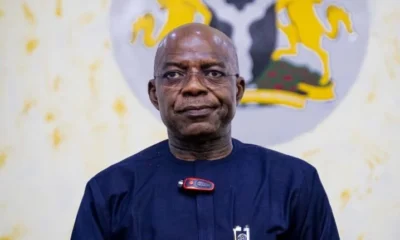
 News3 weeks ago
News3 weeks ago

